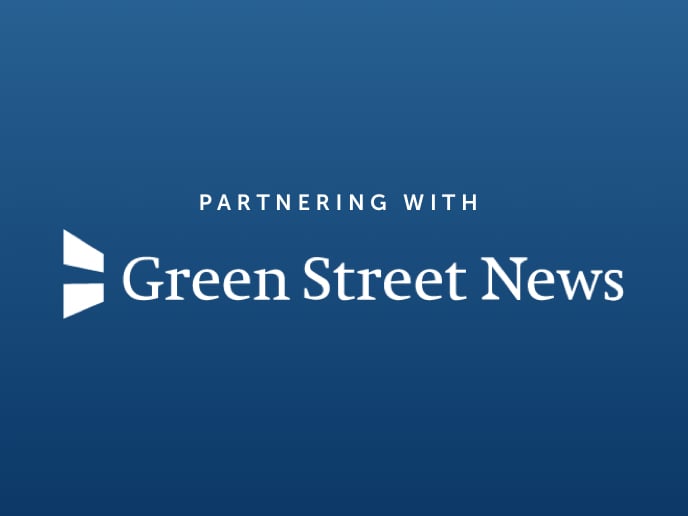European Real Estate: Shelter Amid ‘Tariff-fying’ Times?
U.S. policy uncertainty means Europe might now be going from stagnant economic laggard to a potential oasis of calm for investors. Revisions to German spending plans should help to deliver a growth boost to the bloc in 2026 and beyond.
Executive Summary
ECONOMY
- Trade tensions cast a shadow over the global economic outlook, with possible negative implications on global growth and inflation—and subsequently potentially property values.
- Country impacts will vary depending on U.S. goods trade exposures, economic growth/sentiment and inflation impacts.
- Europe’s advantage is that outside the U.S., its trading terms remain unchanged, supporting price stability.
- Increased growth risks mean further ECB interest rate cuts look likely.
PROPERTY MARKETS
- Despite the softening economic outlook, property valuations are well placed relative to equities and bonds.
- The commercial real estate sector remains at the foot of a new cycle, which is typically the best time to invest. Volatility will also extend this window.
- Building material cost uncertainty could further slow the development pipeline and intensify chronic modern space shortages, building the case for rental growth over the mid to longer term.
- Investing structurally, through aligning with long-term societal changes, should provide protection through the cycle.







